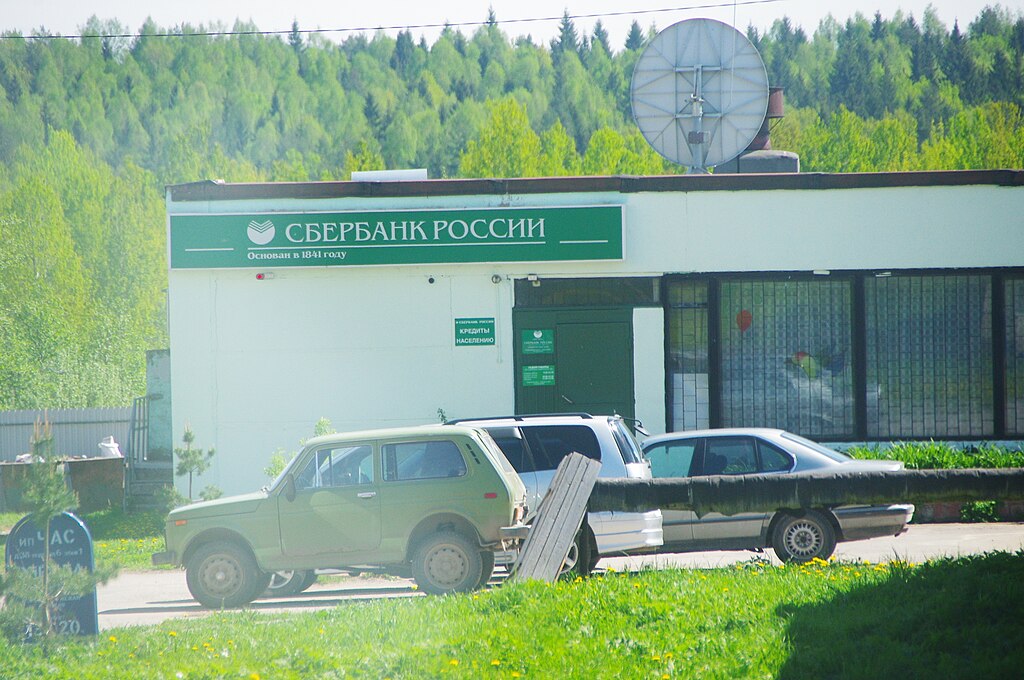- National Rating Agency says initial losses are in store for commercial banks. But businesses could feel positive effects of digital ruble by 2029.
The digital ruble will boost Russia’s economy to the tune of $3.2 billion per year, the country’s credit ratings agency says.
The Russian media outlet RBC and the state-run news agency TASS reported that the claims come from the National Rating Agency (NRA).
The credit rating agency is based in Moscow. It is authorized by the Central Bank and provides ratings for finance industry firms and government organs.
Digital Ruble Will Bring Benefits by 2029, Says NRA
The NRA has published a comprehensive report on the estimated impact of the Russian central bank digital currency (CBDC).

The digital RUB is set to roll out nationwide next year, with a phased adoption plan that will see the country’s biggest lenders start offering services with the CBDC in fall next year.
Smaller firms will be given until 2027 or 2028 to start accepting the coin. But the government wants to use the CBDC to make welfare payments such as child benefits and pensions.
The NRA conceded that the adoption plan would likely incur costs from both the private and public sector at first.
But it said that the digital ruble project will quickly turn profitable. The agency said the CBDC would pump up to 260 billion rubles ($3.2 billion) per year into the Russian economy by 2031.
The coin will also make the banking sector “up to 50 billion rubles ($619 million)” annually. Banking officials have previously expressed skepticism about the CBDC, claiming they cannot see why Moscow needs to issue the coin.
‘Big Businesses May Make up to $619M from Russian CBDC’
At the end of July, Russian President Vladimir Putin signed a law that sets out a comprehensive roadmap for digital ruble adoption, starting from September 1, 2026.
The agency said that companies and the government could begin to feel the benefits of the coin “between 2029 and 2031.”
In the first years of adoptions, bigger businesses can expect to make 30-50 billion rubles ($371 million-$619 million) per year from the coin, the NRA said.
Credit institutions, meanwhile, can expect to make up to 8 billion rubles ($99 million), NRA analysts added.
But there were also words of warning. The digital ruble launch could see banks lose clients to “new services” that cut them out of the picture, the agency said.
This could see net profits drop by 8-10%, the experts calculated. But these initial losses will transform into later gains for banks, the agency said.
After the project is fully rolled out, banks will be able to receive up to 61 billion rubles ($755 million) a year in “additional income” from smart contract-powered business, interbank transactions, and corporate liquidity management services.
‘No Advantages to CBDC Rollout’
In July this year, the Sberbank Chairman German Gref said that he does not “see any real advantages” for citizens, banks, or businesses.

Gref said that experiments with digital fiats have not yet justified themselves. He added that all financial transactions are all already digitalized in Russia, meaning the CBDC would solves a problem that does not even exist.
However, the Ministry of Finance wants to use the CBDC in government contract issuances. It thinks this will help eliminate corruption and boost transparency.
Moscow is also thought to be keen on doing CBDC-powered business with its BRICS partners.
Many BRICS members, particularly China, have made considerable progress with their own digital fiats.
Cross-border CBDC solutions, BRICS members believe, will help render states immune to US-led sanctions packages.
Moscow officials have long spoken about their desire to de-dollarize the Russian trade sector, and think that crypto or CBDC-powered solutions will let them do precisely that.
The post Digital Ruble ‘Will Make Russia $3.2 Billion Per Year,’ Moscow Claims appeared first on Cryptonews.
https://cryptonews.com/news/digital-ruble-will-make-russia-3-2-billion-per-year-moscow-claims/


